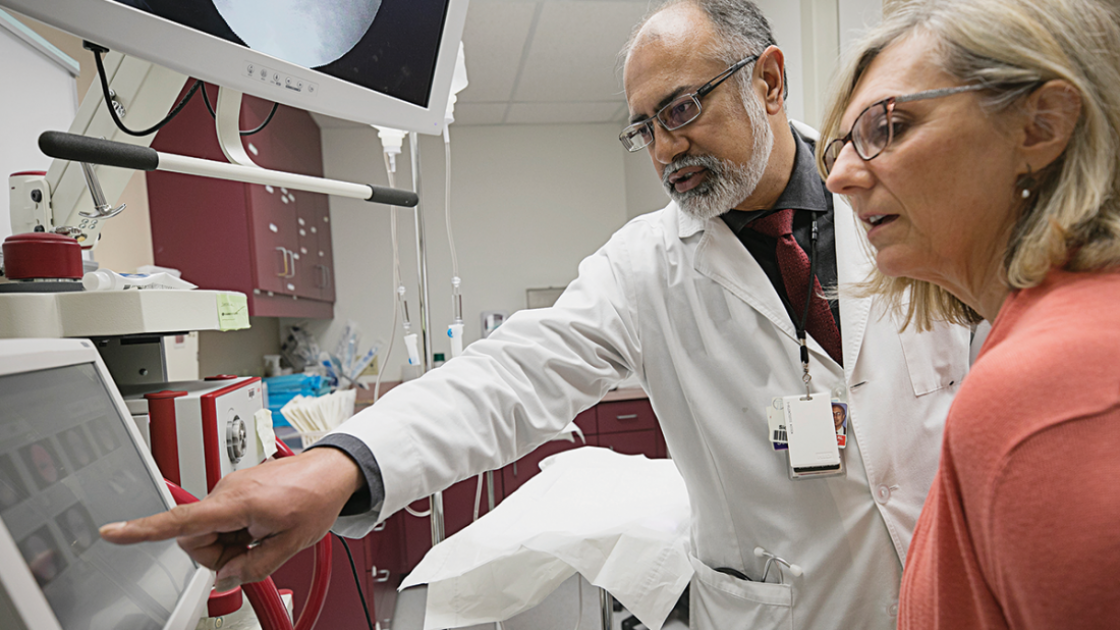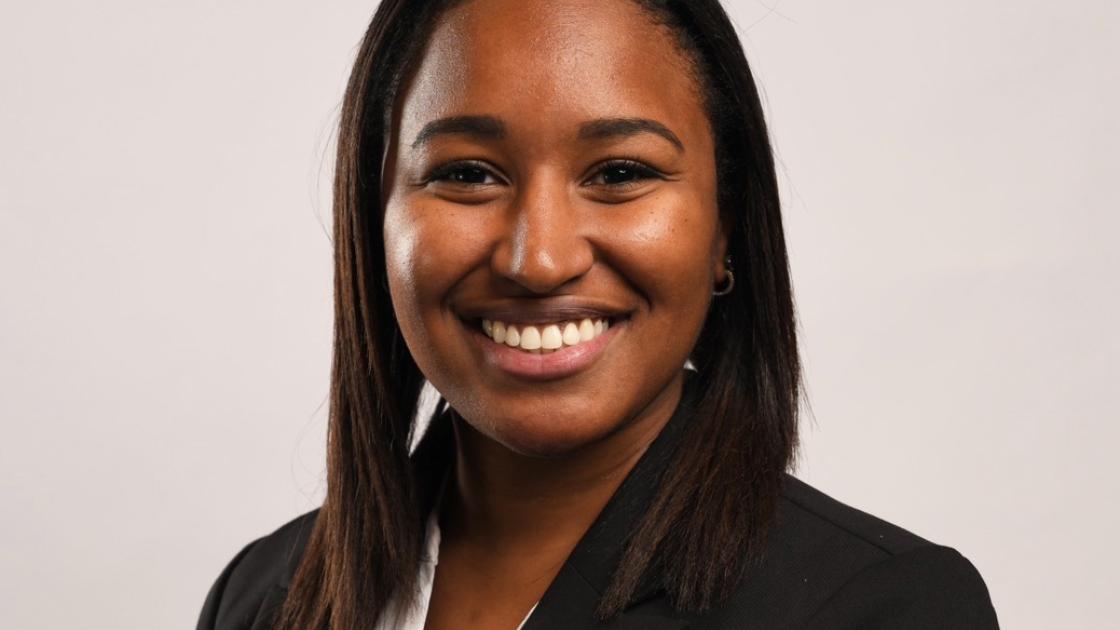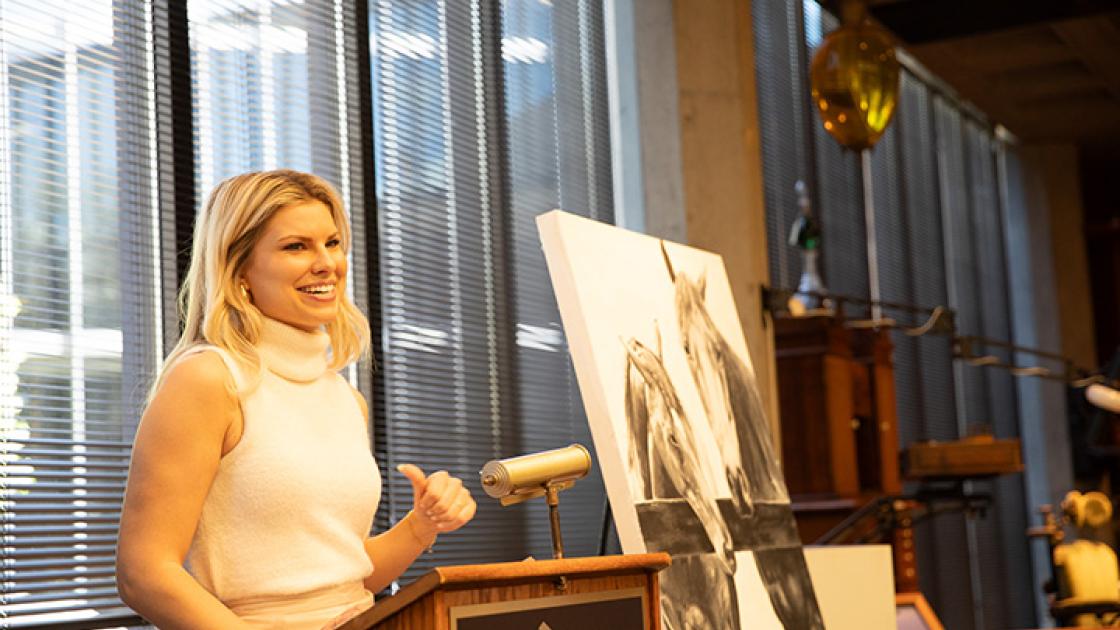
From the Front Lines to the Physician’s Office
For Sohail Siddique, MD, time in the military taught him how to be a good doctor.
Written by Courtney Hall | Photography by Jason Johnson
Published in Aspects Magazine, Autumn 2017 (40-4)
The role of ship doctor on a naval vessel is more involved than on land. “On some ships, you’re the dentist,” says Sohail Siddique, MD, assistant professor in the Department of Obstetrics and Gynecology at SIU School of Medicine. “You’re the food inspector. I was on the damage control training team.” Dr. Siddique also underwent firefighter training and helicopter crash training. “When helicopters go upside down in the ocean, the death rate was around 100 percent,” he says. “So they take a helicopter and flip it upside down to train you to get out without dying.”
The hope for most doctors and would-be doctors is that years of training and experience has prepared them for this often high-stakes career. For Dr. Siddique, his experience came aboard that massive naval vessel and on the front lines in Afghanistan.
Born in Pakistan, Dr. Siddique spent his early years in Norfolk, Va., before his family moved to Springfield while he was in grade school. His mother, Zahida, served as a doctor in the Army before completing a child and adolescent psychiatry fellowship at SIU School of Medicine. Despite this history, Dr. Siddique didn’t see himself going into the military or the medical field.
“My career plans were very different,” he says. As a biology and engineering major at the University of Illinois in Urbana-Champaign, he had developed an interest in stereo systems. As part of his undergraduate work, he created a filter system that improved audio on speakers. But, fate intervened in the form of a recession in the late 1980s. “When I graduated you were lucky to get a job offer. So I decided on med school, as I’d always been around doctors growing up.”
He applied for Navy and Air Force scholarships and received offers for both. “I accepted the Navy scholarship, probably because they called me first,” he jokes. “But I grew up in a Navy town, so it made sense.” Following medical school at University of Illinois at Peoria, Dr. Siddique did a one-year internship at the Naval Medical Center in San Diego. In 1995, he set out for two years on a ship as the doctor and department head.
“That was the scariest part of my career,” he says. “Just a one-year rotating internship and then you’re out taking care of patients in the middle of nowhere. If you’re out in the middle of the ocean, there’s no support.”
Apart from distance, the ship itself provided its own challenges. “Ships are big industrial environments—heavy machinery, ladders instead of stairs, people are always falling and someone’s always seasick,” Dr. Siddique explains. “You never know what’s going to come your way, so you have to know a little bit of emergency medicine, a little general medicine, a little bit of orthopedics and a lot of psychiatry.”
Dr. Siddique, not long out of medical school, had the task of training his fellow troops how to provide medical care themselves. “It’s exceedingly difficult to transfer people on a ship,” he says. “Most of these guys are 200 pounds or more and it takes four people to put them on a stretcher and carry them up and across levels. So one thing doctors do on ships is self-care and buddy care to teach everyone primary first-aid to control bleeding.”
While fulfilling all these necessary roles, he was just 27. “You get some incredibly nice leadership experience at an early age.”
The ship Dr. Siddique was on generally comprised 500 people; when Marines would board to be taken to shore, the number increased to 2,000. In what was essentially a floating town, they found ways to amuse themselves. “We’d play jokes on each other,” he says. “My chief sent me on a wild goose chase once to go find the bowling alley. By the time I’d run around looking for a half an hour, I figured out there was no bowling alley.”
While his life on the ship was at times chaotic and dangerous, it was at least during a period of peace. After completing his mission, Dr. Siddique finished his residency in San Diego, followed by a fellowship in female pelvic medicine and reconstructive surgery at Johns Hopkins Medical Institutions in Baltimore. After some time at Walter Reed National Military Medical Center, he was deployed to Afghanistan in 2008.
When he learned he was being deployed, Dr. Siddique thought he’d be sent to a hospital. Instead, he was sent to forward operating base—a remote minimal structure with sand walls. As the executive medical officer for an 84-person team from Navy, Army, National Guard and Army Reserve, Dr. Siddique had more training to do. He underwent extensive trauma training to serve the frontlines, carrying a backpack of IVs and bleeding control for his fellow combatants. “For me it was very useful,” he says. “It was all very practical. I got a lot of tips about how to keep your gun working, because Afghanistan is very dusty, and what kind of knife to carry and what to take in your bag.”
As part of a reconstruction team serving in the foothills of the Himalayas, Dr. Siddique and his team provided governance and economic development for the province. His base was one of three in the area—and his was the only base left standing. The other two were overrun with large loss of life. Dr. Siddique credits his base’s focus on helping civilians and their more remote location for their being spared. His base provided medical care to civilians, seeing upwards of 60 patients a day. “There is a huge mortality rate among children in Afghanistan,” he explains. “Men there can have 20 kids with three or four different women, but the mortality rate is 50 percent because of infectious disease, malnutrition and trauma.”
After years of witnessing death, trauma and all the horrors war can bring, Dr. Siddique, even as a doctor, isn’t immune to the most common after effect of combat: post-traumatic stress disorder.
“It affects you whether you like it or not. One-hundred-percent of us are affected—the level to which you are affected depends,” he says. “All of us have a little. Hopefully most of us can function. You see a lot of bad things happen and nobody’s ever used to seeing that.”
Today, Dr. Siddique’s life is vastly calmer. He and his wife, Mona, have two children, ages 16 and 20. As division chief of urogynecology at SIU Medicine, he focuses primarily on female pelvic medicine and surgical reconstruction for conditions like pelvic organ prolapse and fecal and urinary incontinence. As his kids like to say, he “takes care of grandmas.” His son hopes to go into orthopedics and specialize in hip replacements, so he too can “take care of grandmas.”
And he doesn’t take for granted the differences between the two worlds. “The military is about self-reliance,” he says. “The ability to have support outside of a possible phone call isn’t available. But at SIU, I’m surrounded by abundant support from outstanding doctors. It’s on the opposite end of the spectrum.”
While Dr. Siddique’s life has changed quite a bit from his military days, he implements the lessons learned at sea and in combat every day.
“My time in the military made me more flexible,” he says. “You learn to provide care no matter your resources. You can be on a base or on a ship, and you don’t always have what you need—there’s no blood bank on a ship. You’re the farthest from support. So you learn to adjust to what you have, and you pray a lot.”



